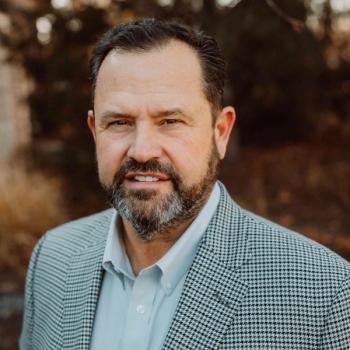
A prescription for prevention
Here’s one prescription you might not mind writing-one for fresh fruit and vegetables.
Editor's Note: Welcome to Medical Economics' blog section which features contributions from members of the medical community. These blogs are an opportunity for bloggers to engage with readers about a topic that is top of mind, whether it is practice management, experiences with patients, the industry, medicine in general, or healthcare reform.
A staggering
Indeed, much of the illness, suffering, and premature death associated with chronic diseases is caused or made worse by certain behaviors, such as lack of physical activity, poor nutrition, and tobacco and alcohol use. Unfortunately, promoting behavior change is often a complex and difficult challenge to address. As a result, a concerning
But there is hope. Family physicians across the nation are on the forefront of innovating to deliver on the Triple Aim of better care and better health at lower costs, including initiatives such as prescription-based programs that incentivize healthy behaviors like eating a balanced diet that includes fruits and vegetables.
Nutrition can play a critical role in preventing and managing chronic disease. However, despite the benefits of a healthy diet, fewer than one in five adults in the U.S. eat enough fruits and fewer than one in seven eat enough vegetables. Part of the problem is access; many people in this country, especially those who are poor, lack access to fresh produce and are often left with few options other than cheap, processed, nutrient-deficient foods.
By connecting and “prescribing” healthy fruits and vegetables to patients with chronic diseases, family physicians can help these patients understand that better nutrition can mean better health. In addition, through collaboration with government and non-profit stakeholders, family physicians can help close the access gap.
A great example is the pilot program being carried out by physicians at the Community Health and Social Services (CHASS) Center, a federally qualified health center in southwest Detroit. CHASS is among the first health centers to establish a fruit and vegetable prescription program, house a farmers’ market on-site and
According to CHASS Chief Medical Officer and family physician Richard Bryce, MD,
Family medicine practices across the country are following Bryce’s lead and continuing to foster innovative relationships within their communities to bridge the gap between the healthcare system and access to healthy food. In Texas, the Family Health Center of McLennan County has launched
These are just a few examples of family physicians working collaboratively to reduce the burden of chronic disease and improve patient outcomes. Increasingly,
With 86 percent of our nation’s healthcare costs being spent caring for patients with chronic diseases, the time for innovative approaches to promoting healthy lifestyles is now and family physicians are well-positioned to take the lead in this effort. Leafy greens, long walks, and a prescription for prevention may be just what the doctor ordered.
Glen R. Stream, MD, is a family physician in La Quinta, Calif., and president of Family Medicine for America’s Health, which sponsors the
Newsletter
Stay informed and empowered with Medical Economics enewsletter, delivering expert insights, financial strategies, practice management tips and technology trends — tailored for today’s physicians.








